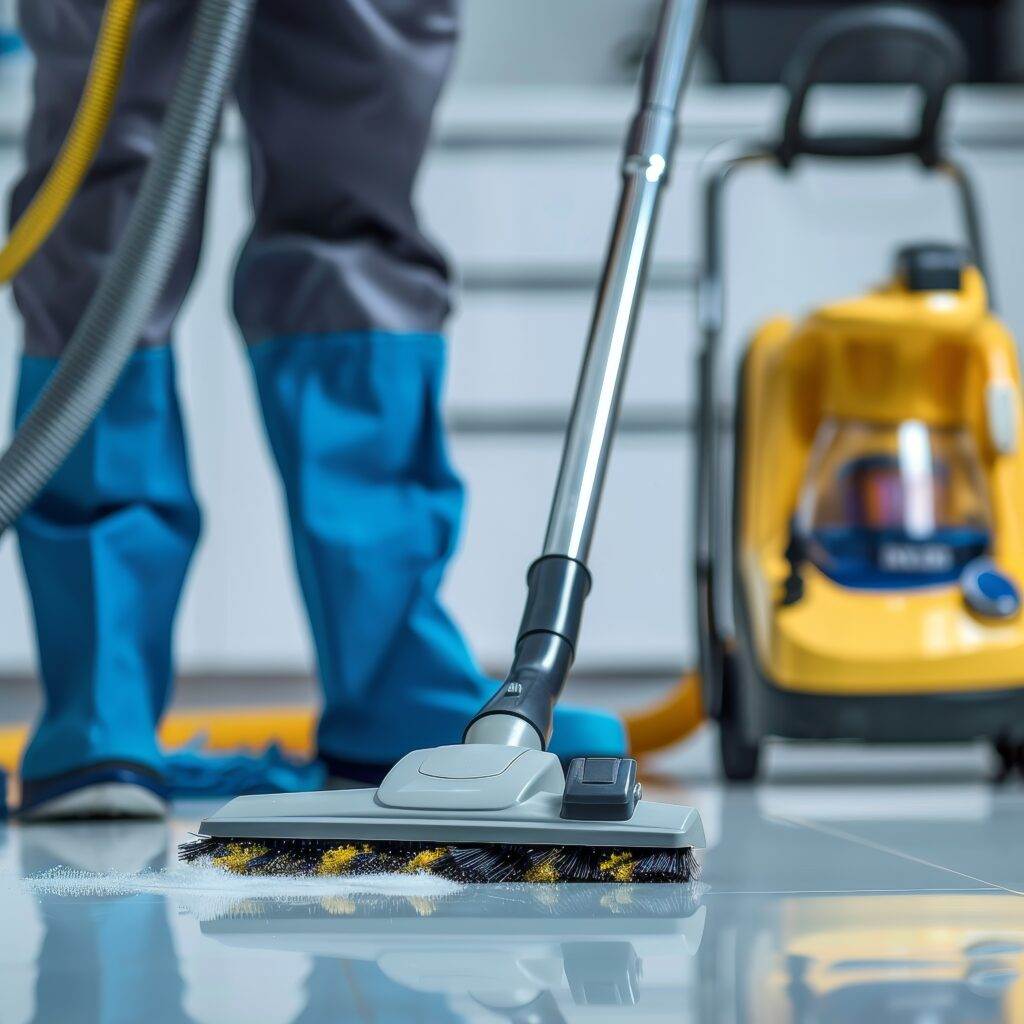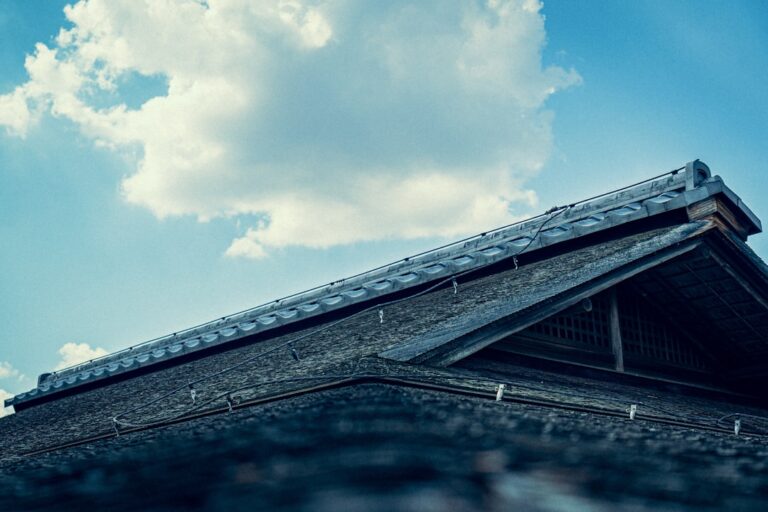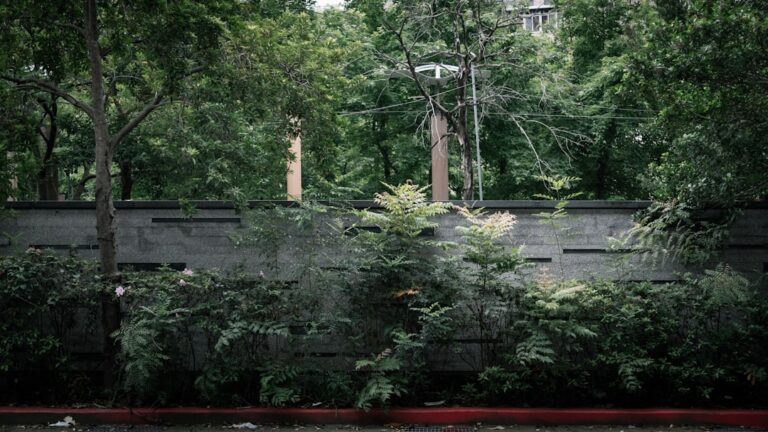Sustainable flooring has emerged as a vital consideration in the realm of interior design and construction, particularly in Northern California, where environmental consciousness is paramount. As the demand for eco-friendly materials grows, sustainable flooring options have gained traction among homeowners, businesses, and facility managers alike. These flooring solutions not only contribute to a healthier environment but also enhance the aesthetic appeal and functionality of spaces.
By prioritizing sustainability, individuals and organizations can make informed choices that align with their values while also addressing practical needs. The concept of sustainable flooring encompasses a variety of materials and practices that minimize environmental impact. This includes sourcing materials responsibly, reducing waste, and ensuring that the products used are safe for both human health and the planet.
In high-traffic areas, where durability and maintenance are critical, sustainable flooring options offer a compelling alternative to traditional materials. By understanding the benefits and types of sustainable flooring available, stakeholders can make choices that support both their operational needs and environmental goals.
Key Takeaways
- Sustainable flooring is an environmentally friendly option that can be used in high-traffic areas.
- Sustainable flooring offers benefits such as durability, eco-friendliness, and comfort.
- Types of sustainable flooring options include bamboo, cork, linoleum, recycled content, concrete, reclaimed wood, and rubber.
- Bamboo flooring is a durable and eco-friendly choice for high-traffic areas.
- Cork flooring is a renewable and comfortable option for sustainable flooring in high-traffic areas.
Benefits of Sustainable Flooring in High-Traffic Areas
High-traffic areas, such as commercial spaces, schools, and healthcare facilities, require flooring solutions that can withstand constant use while maintaining their appearance and functionality. Sustainable flooring options provide several advantages in these demanding environments. First and foremost, many sustainable materials are designed to be exceptionally durable, ensuring they can endure the wear and tear associated with heavy foot traffic.
This durability translates into lower maintenance costs and longer lifespans, making them a wise investment for facility managers. Additionally, sustainable flooring often incorporates features that enhance indoor air quality. Many traditional flooring materials release volatile organic compounds (VOCs) that can negatively impact health.
In contrast, sustainable options are typically made from natural or recycled materials that emit fewer harmful substances. This is particularly important in high-traffic areas where large numbers of people congregate, as improved air quality can lead to better overall health outcomes for occupants. Furthermore, sustainable flooring can contribute to energy efficiency by providing better insulation properties, which can help reduce heating and cooling costs.
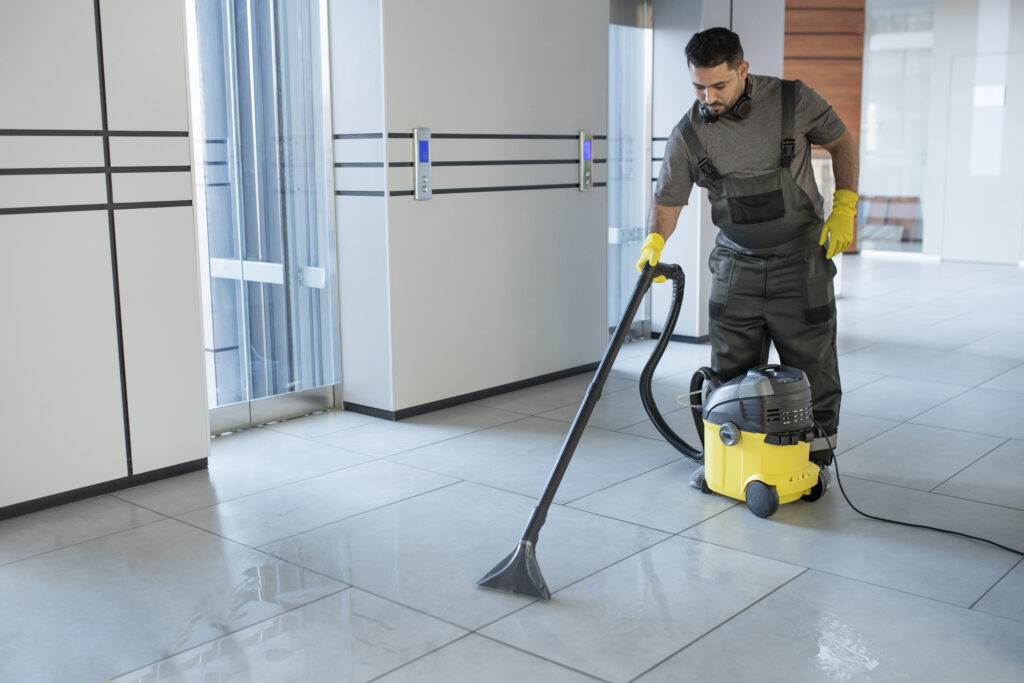
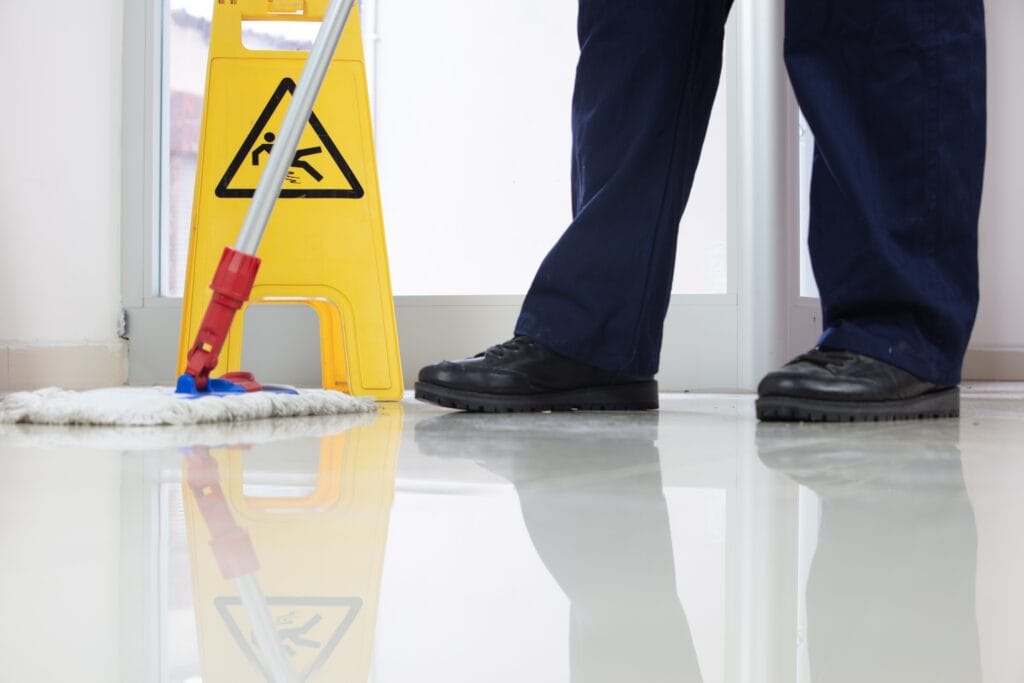
Types of Sustainable Flooring Options
The variety of sustainable flooring options available today allows for flexibility in design while adhering to eco-friendly principles. Each type of sustainable flooring comes with its unique set of characteristics, making it suitable for different applications and aesthetic preferences. From natural materials like bamboo and cork to innovative products made from recycled content, there is a sustainable solution for virtually every need.
When selecting sustainable flooring for high-traffic areas, it is essential to consider factors such as durability, maintenance requirements, and aesthetic appeal. The right choice will not only meet the practical demands of the space but also align with the overall design vision. As awareness of environmental issues continues to grow, the market for sustainable flooring options is expanding, providing more choices than ever before for those looking to make responsible decisions.
Bamboo Flooring: A Durable and Eco-Friendly Choice
Bamboo flooring has gained popularity as a sustainable alternative to traditional hardwood due to its rapid growth rate and renewability. Bamboo is a grass that can reach maturity in just three to five years, making it an incredibly sustainable resource compared to hardwood trees that may take decades to grow. This fast growth cycle allows for responsible harvesting practices that do not deplete natural resources.
In high-traffic areas, bamboo’s natural hardness makes it an excellent choice for durability while maintaining an elegant appearance. In addition to its sustainability credentials, bamboo flooring is also known for its versatility in design. Available in various colors and finishes, bamboo can complement a wide range of interior styles, from modern to traditional.
Its unique grain patterns add character to any space while providing a warm and inviting atmosphere. Furthermore, bamboo is relatively easy to maintain, requiring only regular sweeping and occasional damp mopping to keep it looking its best. This combination of durability, aesthetic appeal, and eco-friendliness makes bamboo flooring an ideal choice for high-traffic areas in Northern California.

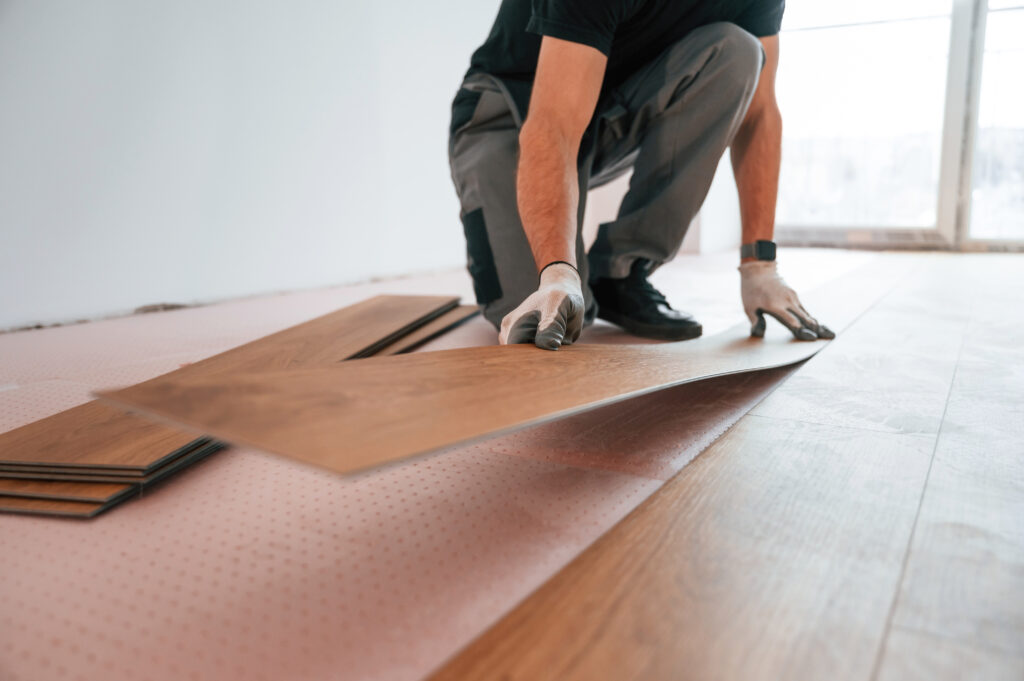
Cork Flooring: A Renewable and Comfortable Option
Cork flooring is another exceptional sustainable option that offers both comfort and resilience. Harvested from the bark of cork oak trees without harming the tree itself, cork is a renewable resource that can be harvested every nine years. This unique harvesting method ensures that cork forests continue to thrive while providing a valuable material for flooring applications.
In high-traffic areas, cork’s natural cushioning properties make it an excellent choice for reducing fatigue underfoot, making it particularly suitable for spaces where people stand for extended periods. Beyond its comfort benefits, cork flooring is also naturally resistant to mold, mildew, and pests due to its cellular structure. This makes it an ideal choice for environments where hygiene is a priority, such as healthcare facilities or schools.
Additionally, cork’s thermal insulation properties help maintain comfortable temperatures within a space, contributing to energy efficiency. With its combination of sustainability, comfort, and practicality, cork flooring stands out as a top contender for high-traffic areas in Northern California.
Linoleum Flooring: A Natural and Resilient Material
Linoleum flooring is often overlooked but deserves recognition as a sustainable option with a rich history. Made from natural materials such as linseed oil, cork dust, wood flour, and jute backing, linoleum is biodegradable and has a low environmental impact throughout its lifecycle. Its durability makes it suitable for high-traffic areas where resilience is essential.
Linoleum can withstand heavy foot traffic while maintaining its appearance over time. One of the standout features of linoleum is its wide range of design possibilities. Available in various colors and patterns, linoleum can be customized to fit any aesthetic vision while providing a warm and inviting atmosphere.
Additionally, linoleum is easy to clean and maintain, requiring only regular sweeping and occasional damp mopping. Its natural antimicrobial properties also contribute to improved indoor air quality by inhibiting the growth of bacteria and mold. For those seeking a sustainable flooring solution that combines beauty with practicality in high-traffic areas, linoleum is an excellent choice.
Recycled Content Flooring: Utilizing Materials for a Second Life
Recycled content flooring represents an innovative approach to sustainability by repurposing materials that would otherwise contribute to landfill waste. This type of flooring can be made from various sources, including post-consumer products like plastic bottles or post-industrial waste from manufacturing processes. By utilizing these materials, recycled content flooring reduces the demand for new resources while promoting a circular economy.
In high-traffic areas, recycled content flooring offers impressive durability and performance characteristics. Many products are designed to withstand heavy use while maintaining their appearance over time. Additionally, recycled content flooring often comes in various styles and finishes, allowing for creative design possibilities that can enhance any space’s aesthetic appeal.
By choosing recycled content flooring, facility managers can make a significant impact on reducing waste while providing a functional solution for high-traffic environments.
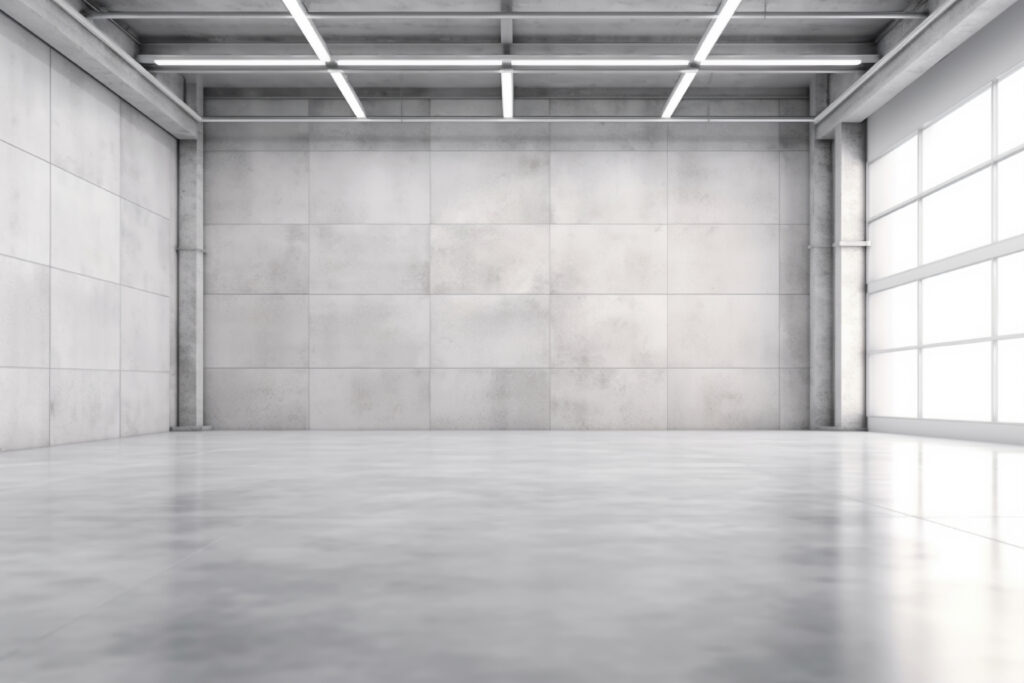
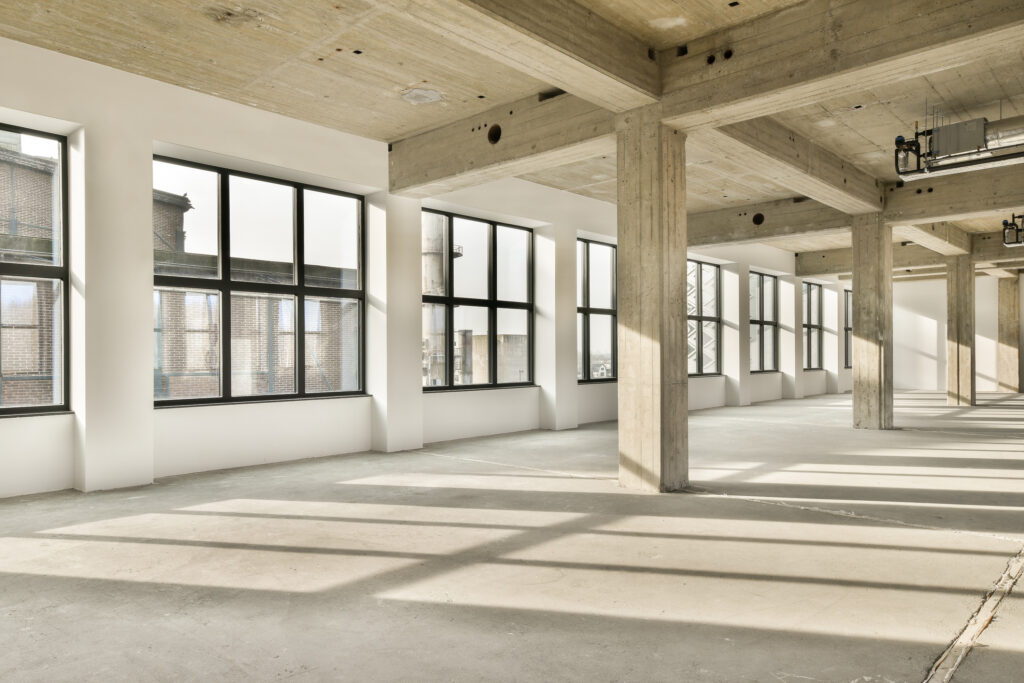
Concrete Flooring: A Long-Lasting and Low-Maintenance Solution
Concrete flooring has gained recognition as a sustainable option due to its longevity and low maintenance requirements. When properly sealed and finished, concrete can withstand heavy foot traffic without showing signs of wear or damage. Its durability makes it an ideal choice for high-traffic areas such as retail spaces or industrial facilities where resilience is crucial.
Moreover, concrete can be enhanced with various finishes and stains to create visually appealing designs that suit any aesthetic preference. The versatility of concrete allows it to mimic the appearance of more expensive materials like stone or tile at a fraction of the cost. Additionally, concrete’s thermal mass properties contribute to energy efficiency by helping regulate indoor temperatures.
For those seeking a long-lasting and low-maintenance flooring solution in high-traffic areas, concrete presents an excellent option that aligns with sustainability goals.
Reclaimed Wood Flooring: Adding Character and Sustainability
Reclaimed wood flooring offers a unique blend of sustainability and character that appeals to many design sensibilities. Sourced from old barns, factories, or other structures slated for demolition, reclaimed wood gives new life to materials that would otherwise go to waste. This not only reduces the demand for new timber but also preserves the history and charm associated with each piece of wood.
In high-traffic areas, reclaimed wood provides both durability and aesthetic appeal. The natural aging process often results in distinctive color variations and textures that add warmth and character to any space. While reclaimed wood may require some maintenance to preserve its beauty over time, its unique qualities make it a sought-after choice for those looking to create inviting environments with a story behind them.
By opting for reclaimed wood flooring in high-traffic areas, facility managers can make a statement about their commitment to sustainability while enhancing the overall design of their spaces.
Rubber Flooring: A Versatile and Sustainable Choice for High-Traffic Areas
Rubber flooring has emerged as a versatile option well-suited for high-traffic areas due to its resilience and slip-resistant properties. Made from natural rubber or recycled rubber products, this type of flooring offers excellent durability while minimizing environmental impact. Its ability to absorb shock makes it an ideal choice for spaces where safety is paramount, such as gyms or play areas.
In addition to its practical benefits, rubber flooring comes in various colors and designs that allow for creative expression within any space. Its low maintenance requirements further enhance its appeal; regular cleaning typically involves simple sweeping or mopping with mild soap and water. Furthermore, rubber flooring contributes positively to indoor air quality by being free from harmful chemicals commonly found in traditional flooring materials.
For those seeking a sustainable solution that combines safety with style in high-traffic areas, rubber flooring stands out as an exceptional choice.
Making the Right Choice for Sustainable Flooring in High-Traffic Areas
As the demand for sustainable solutions continues to grow in Northern California, selecting the right flooring option becomes increasingly important—especially in high-traffic areas where durability meets environmental responsibility. From bamboo and cork to recycled content and rubber options, there are numerous choices available that cater to both functional needs and aesthetic preferences. By prioritizing sustainable flooring solutions, facility managers not only contribute positively to the environment but also create healthier spaces for occupants.
The benefits extend beyond mere aesthetics; they encompass long-term cost savings through reduced maintenance needs and improved indoor air quality. Ultimately, making informed decisions about sustainable flooring can lead to enhanced functionality while supporting broader environmental goals—an essential consideration in today’s world where sustainability matters more than ever before.
FAQS
